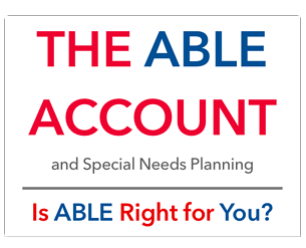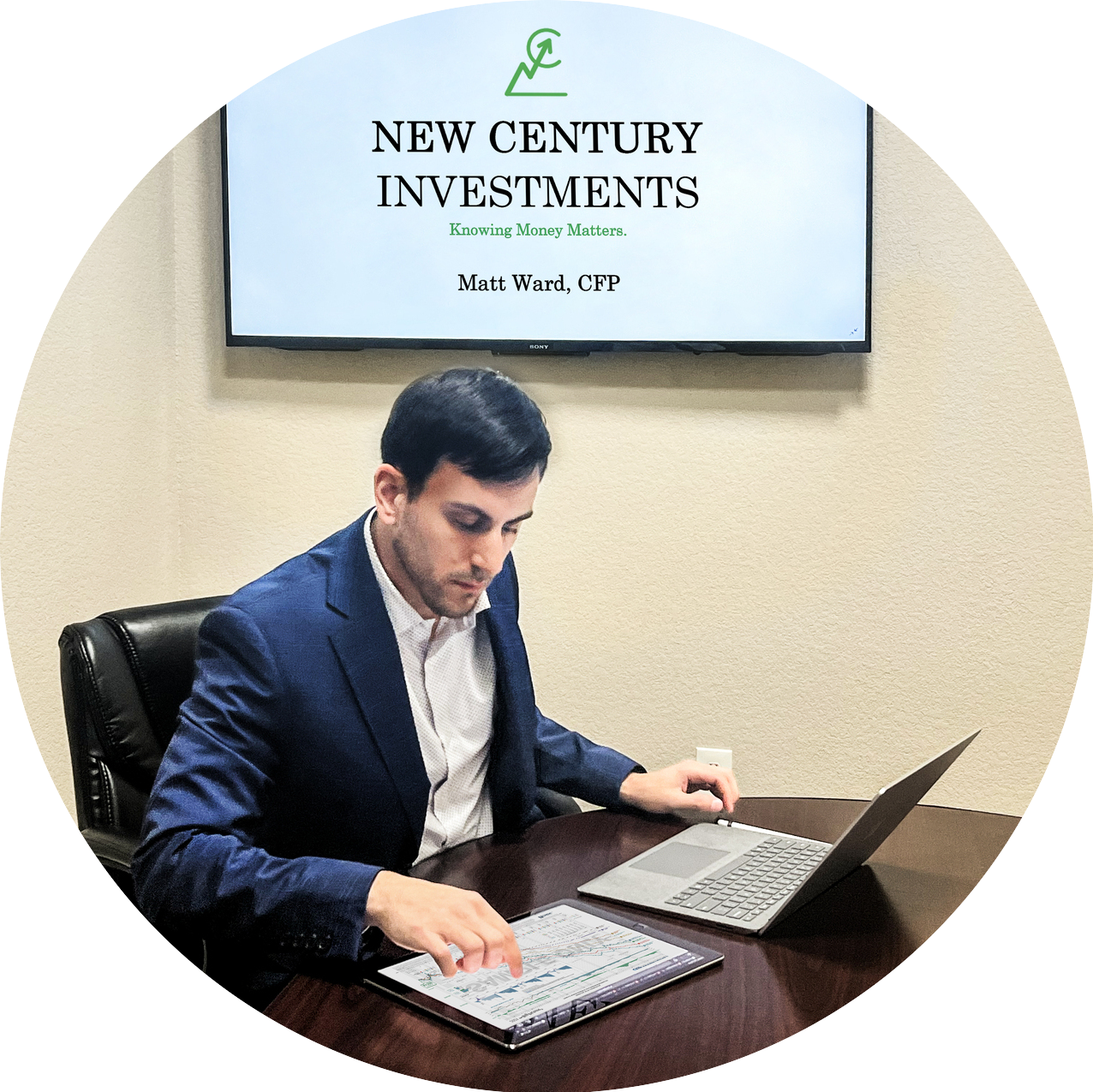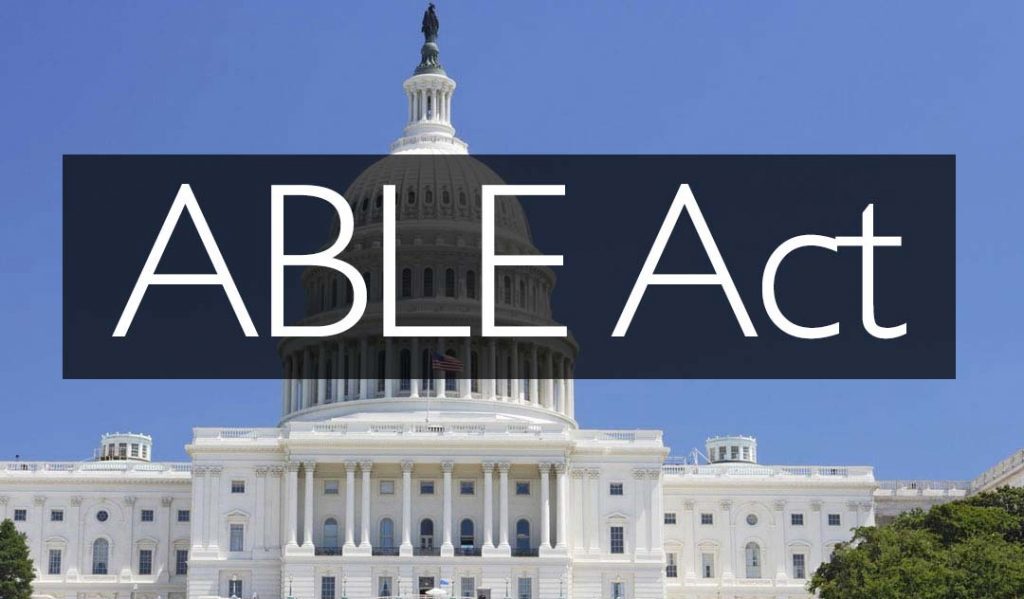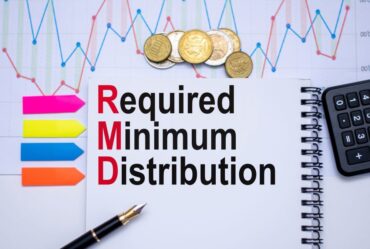By Matt Ward, CFP®
Do you, a friend, or a loved one have a disability? Having a disability should never be viewed as a bad thing. In fact, when it comes to tax incentives and savings, having a disability can actually be advantageous. In today’s article, we discuss the benefits of turning a disability into an ability – with the ABLE Account.
Did you know?
In 2014, the Achieving a Better Life Experience (ABLE) Act was passed. This Act created tax-advantaged savings accounts for disabled persons and their families. This account is referred to as an ABLE Account.
What is the ABLE Account?

An ABLE account is a tax-advantaged account. In order to qualify to open an ABLE account, the beneficiary must be disabled or blind. The onset of the disability (or blindness) must have occurred in the individual before the age of 26. This does not mean you have to be under 26 to apply for an ABLE account, rather there must be a record of the disability before the individual reaches the age of 26.
So what is the tax advantage?
You’ll be happy to know that the funds within the account grow TAX-FREE as long as distributions are made for Qualified Disability Expenses, which include:
- Education
- Housing
- Transportation
- Employment training and support
- Assistive technology
- Personal Support services
- Health
- Financial management and administrative services
- Legal fees
- Expenses for ABLE account oversight and monitoring
- Basic living expenses
The ABLE Act is rather generous and covers a great deal of expenses. Most living expenses that are associated with the disability or blindness are qualified. As such, it’s a great idea to save money within an ABLE account, before a checking or brokerage account, in order to reap the tax-free benefits.
An ABLE account can fund up to $16,000 (2022) each year. This annual amount may actually be higher if the beneficiary is able to work. If working, a beneficiary can add an additional amount up to the federal poverty limit ($13,590 in 2022) or their income, whichever is less.
*If the beneficiary has opted to use an employer-sponsored retirement plan then the above will not apply.
Setting up an ABLE Account
While contributions to the account are made with after-tax dollars and grow tax-free, many states also allow for an income tax deduction as well. Here’s a resource showing the supporting states that give you a deduction in addition to the tax-free growth.
It’s also important to note that ABLE Accounts are administered at the state level. Not all states provide this program. However, several states offer out-of-state participation, so finding a provider should be rather painless.
Another important thing to note is that anyone can invest into the ABLE account; be it the designated beneficiaries, their families, friends, etc. This can be very helpful for the family members as it provides dual tax-planning opportunities for both the disabled beneficiary and the family members.
The ABLE Act is relatively new legislature and has yet to gain a lot of traction, despite its outstanding benefits. Do yourself a favor and look into getting an ABLE account!
A quick side note: The ABLE Account does not interfere with Supplemental Security Income (SSI) and Medicaid. If you are receiving those benefits, then you still qualify for an ABLE account, provided the onset of the disability is before 26.
At New Century Investments, we specialize in tax and financial planning, investing, and working directly with ABLE accounts. If you, or anyone you know, may have questions about what an ABLE account is or setting one up, please do not hesitate to reach out!
Matt Ward, CFP®
New Century Investments
817-238-6300
Matt.Ward@newcenturyinvestments.com
Book 30-minute Video Call Here!
About Matt
Matt Ward is a financial advisor and the president of New Century Investments, an independent investment advisory firm serving business owners, pre-retirees, and retirees in the Dallas-Fort Worth area and beyond. Matt is passionate about integrating investing, planning, and tax management into a holistic approach. Matt’s breadth of knowledge and experience in both taxes and investment management sets him apart, giving him the ability to design, advise on, and manage business strategies, tax efficiency, and retirement planning. He is known for his care and attention to detail and works hard to develop personal relationships with each of his clients so they can benefit from his customized service and guidance. He loves walking with his clients through their financial journey, supporting them and celebrating with them as they reach their goals.
Matt graduated from Texas Tech University with a bachelor’s degree and is a certified financial planner™ and Chartered Retirement Planning Counselor℠ professional. When he’s not working, you can find Matt hiking, playing the guitar, and spending time with his family. To learn more about Matt, connect with him today!
Matt’s Corner





